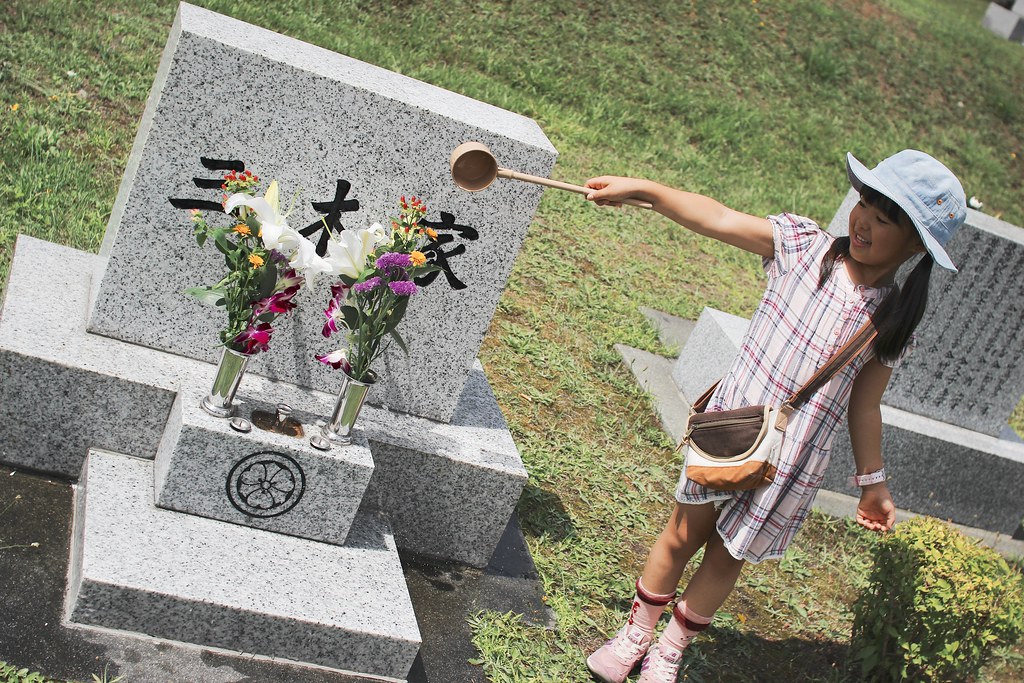What is the Japanese Bon Festival?
The Japanese bon festival, also known as obon, is an annual three-day custom tied to Buddhist beliefs that honours ancestors. Although it is not an official holiday, many people take leave during this time. It’s meant to be a period of time to go back to your home towns, spend time with family, clean up ancestors’ graves, and attend bon matsuri (large public events with dancing).

When is the Bon festival?
Depending on the region, the date of obon is different. This is because Japan switched from the lunar calendar to the Gregorian calendar during the meiji period. There are three possible obon times, but most people celebrate on August 15th. Either way, you can expect to see various Bon festivities around the country from mid-July to the end of August.
Shichigatsu bon: 15th of July (observed by some in Eastern Japan)
Hachigatsu bon: 15th of August (observed by most parts of Japan)
Kyu-bon: Based on the Lunar calendar, 10th day of the 7th lunar month. (observed in North Kanto, Chugoku, Shikoku, and Okinawa regions)
Obon History:

The history of obon in Japan, comes from the Chinese Ghost festival. This festival believes that ghosts and spirits come out during the 15th day of the 7th lunar calendar. People provide offerings to the dead and believe that they can help those suffering in the realm of the dead.
These festivities in China and Japan originate from a Buddhist story where one of Buddha’s disciples realizes that his dead mother is stuck in the realm of the hungry ghosts. This realm is a place with great suffering and he wanted to release his mother. Buddha tells him to make an offering on the 15th day of the 7th month, and is successful. He is so overjoyed that he begins to dance. This is where the bon odori (bon dance) comes from.
In addition to this story, the word obon itself comes from the sanskrit word Ullambana, which means hanging upside down or suffering.
What happens during the Obon festival?

Going back to home towns: A big part of the obon period involves going back to your hometown, since it is a celebration about ancestors.
Bon odori: A dance that is representative of the bon festival and meant to welcome the dead. Shikoku has its own version of the dance called awa odori.
Toro Nagashi: People place lighted lanterns in the rivers. They represent the souls of ancestors and mark the end of the obon period.
Fires: Fires are a way to welcome the dead. You can find them outside houses, near graves, or shrines.
Ohaka mairi: An important custom of obon is to visit, clean, and make offerings at your ancestors’ graves.
Omatsuri: Along with the bon odori, there are usually festival stalls, food stands, and a matsuri atmosphere. Matsuri is a traditional Japanese festival near shrines.
Where to go to see Bon festivities:
During the obon period, you can find festivities all around Japan. Here are some that are particularly notable!

Sumidagawa toro nagashi: This is a huge lantern festival where thousands of paper lanterns are floated down the Sumida river in Tokyo.
Gozan no okuribi: Another major Obon celebration is located in Kyoto, Japan at the Daimonji temple. There is a huge fire on the mountain side that spells the word 大(meaning big).
Awa dance festival: One of the largest obon dance festivals is the Awa odori festival held in Tokushima, Japan. Awa odori is a unique take on the traditional bon odori dance. Many tourists come to Tokushima during this time just to witness this cultural festival.
I hope this article helped you to learn more about the bon festival in Japan! Would you like to participate in a bon festival someday? Make sure to visit one if you go to Japan in August! For more Japanese culture and travel blog articles, be sure to check out 11 Japanese Shinto Gods and Shrines to Visit! or The meaning of Wabi Sabi: Japanese art aesthetic
~ Tanuki





